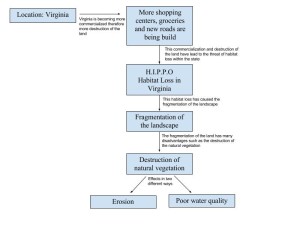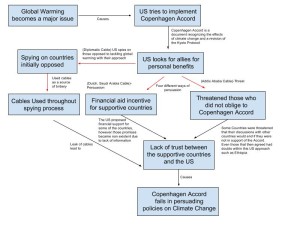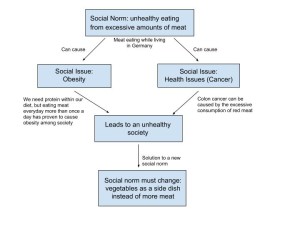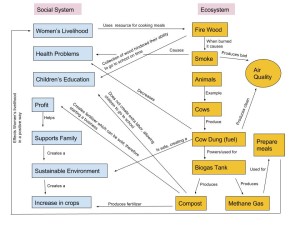1.Based on this module when talking about biodiversity there are many threats which can harm certain places around the world; specifically, when referring to H.I.P.P.O. In 150-200 words describe which aspect of H.I.P.P.O affects your home state. You must include at least one source.
1. I am from Virginia and for the past four years there has been a substantial threat to the biodiversity within the state. This threat is due to habitat loss. The woodlands of Virginia are now being used for shopping centers, grocery stores and new roads for corridors. According to LandScope of America, 93,000 acres of Virginia’s landscape is being converted into spaces which are nonrenewable. This habitat loss has lead to fragmentation within the landscape. Fragmentation within Virginia has lead to the destruction of the natural vegetation in the area which could ultimately lead to erosion and the reduction of our water quality. There seems to be this domino affect which occurs when there are threats to our biodiversity. A threat can first be categorized under H.I.P.P.O, which is a broad term to identifying the biggest of threats. From there it spirals into subcategories which can affect another part of an area such as fragmentation and so on and so forth. This never ending cycle is one that is continually effecting our environment and the biodiversity on this planet.
Sources:
– Anonymous. “© Bruce McNitt/Panoramic Images (Virginia).” Habitat Loss in Virginia // LandScope America. 2016. Accessed April 14, 2016: National Geographic
– Weber, Joseph. “Department of Conservation and Recreation.” Virginia Conservation Vision
-Natural Landscape Needs Assessment. January 11. Accessed April 14, 2016: Virginia Department of Conservation and Recreation
2.Create a system diagram based on the above information highlighting the core ideas.
3.Biodiversity hotspots are all around the world. Pick one of these hotspots not mentioned in the module and find a current event happening, in regards to the threats of biodiversity of that particular area. (150-200 words) You must include at least one source.
3. One of the biodiversity hotspots I researched was New Zealand. In New Zealand there is a great threat to their biodiversity due to invasive species. Back in the 18th century when the island was colonized by the Europeans many species such as sheep, cats, foxes and various rodents were brought along with them. These invasive species have now been affecting New Zealand’s native animals, therefore these natives are becoming extinct. For example, the islands numbers in birds and mammals are decreasing more and more due to that colonization in the 18th century. Similar to the domino effect mentioned above, this information demonstrates a food chain process where the invasive species have become the predators and the native animals have become the prey. Due to this addition of new predators, the food chain in New Zealand becomes even more complicated. This complication ultimately creates threats like H.I.P.P.O to places known for their biodiversity.
Sources:
-Conservation International. “Biological Diversity in New Zealand.” Biological Diversity in New Zealand. July 3, 2014. Accessed April 14, 2016. doi: The Encyclopedia of Earth.
-Stephens, Tim. “Study Shows Biodiversity Benefits of Removing Invasive Mammals from Islands.” UC Santa Cruz News. March 21, 2016. Accessed April 14, 2016. doi: University of California Santa Cruz.




